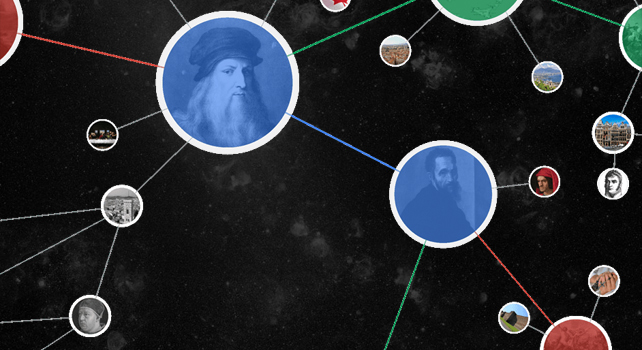In the latest post taken from my fast track SEO course – available here – we’re going to look at the Knowledge Graph.
Nothing else reveals just how sophisticated Google has become as its Knowledge Graph project.
In fact, if truth be told, it’s a bit spooky.
On-page SEO and Google’s Knowledge Graph
Google’s mission statement is, depending on how you feel about the Big G, either the dangerous ravings of a megalomaniac madman or the idealistic dream of a throwback to the hippy era.
What do you hear when Google says:
“Our mission is to organize the world’s information and make it universally accessible and useful.”
Well, this mission finds its ultimate expression in a project called the Knowledge Graph.
Cast your mind back to when we looked at how you can understand Google’s search pages (SERPs).
In this post we looked at knowledge boxes, panels and carousels that aimed to answer a search query from the SERP itself?
At first glance they are just another SERP feature, right?
But the level of understanding of search intent and categorisation of sources that has allowed such feats to be pulled off millions of times a day is staggering.
And perhaps chilling.
Yet, the Knowledge Graph is here.
What is the Knowledge Graph?
Such SERP features are a clear sign, if you ever needed one, that Google has gone far beyond keywords and is developing a complex understanding of how things relate to each other.
This what the Knowledge Graph is all about.
You can read about how it’s done (and it is fascinating) in the ‘Find out more’ below.
For now, you just need to understand this:
Google is systematically finding ways to accurately put facts, people and places together to create interconnected search results that are more accurate and relevant. The Knowledge Graph is the unimaginably immense database that allows this.
How does the Knowledge Graph work?
Let’s take a look at some of the logic and systems that inform this project:
Semantic search
This is firmly behind the controls of the Knowledge Graph. It enables Google to combine an understanding of word variations, synonyms, concept matching, natural language, IP location and search context to deliver more user focussed results.
Entity indexation and disambiguation
Well, a grand attempt to catalogue everything had to spawn some impenetrable language along the way! Google wants to understand how each thing (or entity) relates to every other thing (or entity). Disambiguation describes its attempt to map the connections that exist and produce a better search service as a result.
User behaviour
Far from a complex, cold data exercise, though, Google is feeding in how users behave and search to determine much of its understanding of the links between entities. Users, it seems, still have the casting vote.
Forget Big Brother. It’s the Big G that is watching you.
How should we be responding to the Knowledge Graph
There are two main questions here.
The first is how can I have my own slice of Knowledge Graph action?
In the ‘Find out more’ section there are useful resources where you can explore what you have to do to encourage a knowledge panel about yourself appearing in the search results and, perhaps, more usefully and less egotistically, advice on how you can get your page to be the one that answers search queries from the search page.
Interestingly it is most certainly not the case that the site at position one gets the coveted top of the page knowledge box slot. In many examples the slot is occupied by the page that comes much lower in the organic search results. Have a look on your own searches and you’ll see.
The second is what does it mean if questions are answered in the search page itself?
The obvious downside to the Knowledge Graph is that if searchers’ questions are answered in one of the knowledge slots, then the searchers might not be motivated to visit your site. Just how much your site traffic is going to be hit is an unanswered question. (Maybe we should google it and see if a knowledge box answer appears!)
However, with knowledge boxes sitting at the top of the search results, optimising your content to get there may help protect you. Or, at least, prevent your competitors taking prime position.
Some quick tips:
- Make sure you are focussed on a specific search query on your page.
- Be comprehensive in your content.
- Optimise for question keywords.
- Become an authority on one topic.
- Get those links and shares.
- Use step-by-step numbered lists – these seem to be regularly scraped by Google and used.
Is that too simplistic by half for such a complex project?
Of course it is!
But this is one that is going to run and run so you are going to need to follow it!
Here are some useful ways to make a start:
- Google’s public presentation of the Knowledge Graph is here.
- Explore what the Knowledge Graph is and how you can develop content that caters for it and get your own personal knowledge panel here.
- A quick video from Moz (here) explains how you can be the one to answer questions from a SERP
- Consider what the Knowledge Graph may mean for the future of search here.
- Check out Gianluca Fiorelli’s musings on all things semantic here and here.
All the posts in this series can be found here.
For the complete version of this Fast track SEO course head over to Amazon.
It’s yours for less than a fiver!

